The Gist:
- Over time, our technologies have taught us to prefer asynchronous communication mediums.
- They have also convinced us that we should choose a communication medium based on efficiency.
- Your medium is a large part of your message, so choose a medium that conveys the right message.
The picture Mike sent me was a desk covered with handwritten envelopes and thank-you cards, ready to send out to his clients and prospects. Even old-school proponents would call mailing these cards “quaint” or simply “old-fashioned.” In fact, many older communication practices have been replaced by more efficient technologies, even though they are not nearly as effective as the mediums we’ve allowed them to replace.
The same trend has made many best practices so prevalent that entire swaths of selling are now fully commoditized, making many sales conversations transactional rather than consultative. Those who wish to stand out would do well to avoid following the crowd and chart a value-laden path that is unapologetically old-school.
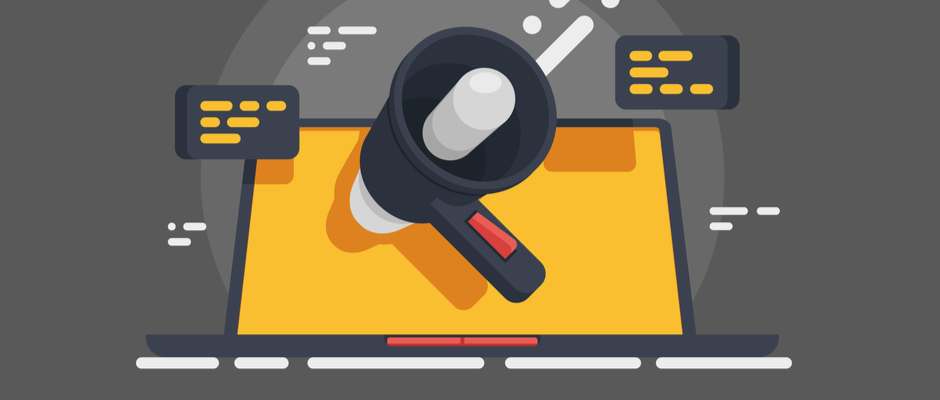
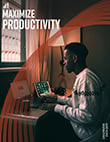
Wouldn’t It Be More Efficient?
Last week, I wrote here about my sensitivity to wasted time. Many of the technologies I resist create little or no value for me, even though some are necessary for my personal and professional lives. In other words, I don’t mind automating what might be transactional, but no technology can outperform humans on relational tasks.
Michel de Montaigne, in an essay titled “On Ancient Customs,” noted that most people use “their own manners and behavior” to set their standards, typically “within the limitations of the customs into which they were born.” That includes our standards for communication mediums, which are deeply ingrained in our cultural norms and behaviors. But in the same essay, Montaigne railed against anyone “so thoroughly taken in and blinded by the authority of the contemporary modes that he is capable of changing his mind and his opinion every four weeks if fashion demands it.” It certainly feels like there’s at least one new sales technology every four weeks, and far too often the fashion simply goes from transactional to even more transactional communication and finally to super-transactional communication, effectively eliminating the value—and the meaning—of the message.
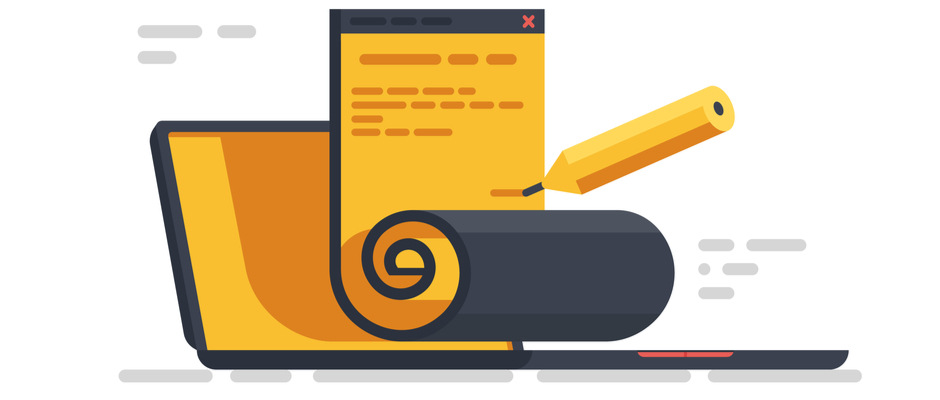
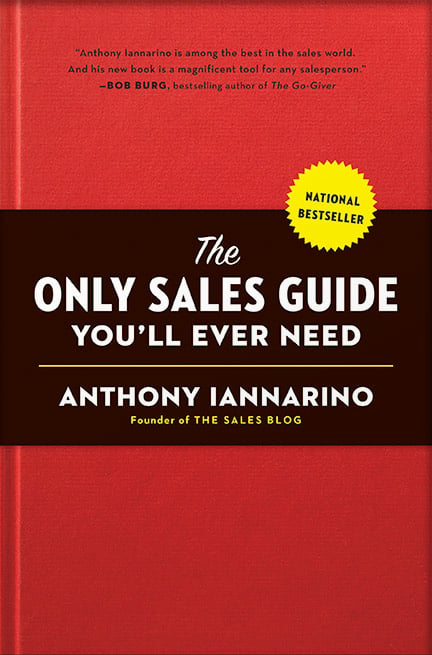
The Medium and Its Meaning
As we continue to commoditize our communications, trying to turn every conversation into a super-efficient transaction, we remove the meaning of the communication. When you send a “thank you” by email instead of following Mike’s lead, you may remove more of the message than you intended: the choice of medium has amputated the heartfelt caring. The speed at which you send the message doesn’t add value for the recipient, and two emails can’t create more value than one.
I understand the sentiment behind “that meeting should have been an email,” but you will find me firmly ensconced on the pro-meeting side. Bringing people together is the best way to accomplish something worthwhile. Here, I keep company with the cultural anthropologist Margaret Mead: “Never doubt that a small group of thoughtful, committed citizens can change the world; indeed, it’s the only thing that ever has.” Email-first salespeople, especially those infected by the Silicon Valley ethos, may hope that an email can change their world, but no one would seriously argue that an email thread is the only medium to change the world. As communication theorist Marshall McLuhan wrote long before email existed, “the medium is the message.”
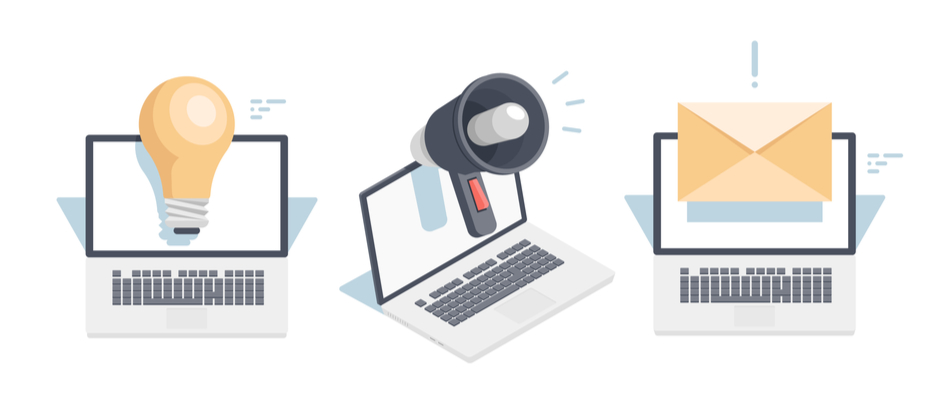
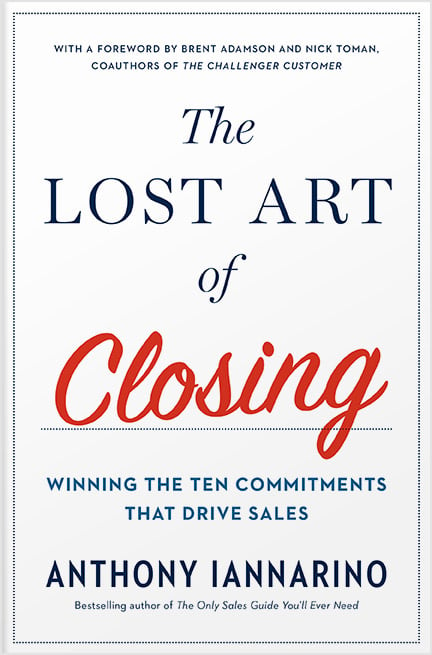
Old-School Beats New-School
You may be unconvinced that the older the approach, the greater its effectiveness. But consider a May 2021 CNBC article, titled “Jamie Dimon, fed up with Zoom calls and remote work, says commuting to offices will make a comeback.” In an interview, Dimon (the CEO of JPMorgan Chase) highlights the negative consequences of choosing a Zoom meeting over a face-to-face meeting: “Dimon also said clients told him that in cases where JPMorgan lost business to rivals, it was because ‘bankers from the other guys visited, and ours didn’t. Well, that’s a lesson.'” I imagine that any deal big enough to get Dimon’s attention is larger than most companies’ annual revenue. In this case, the Zoom medium carried a message of its own: “You are not worth the trouble.” Dimon’s competitors provided a different statement.
Any reasonably good salesperson will flip through the sign-in book to see which competitors have already visited their prospective client. I can imagine salespeople from Dimon’s competitors flipping through those books, thrilled to discover that no one from Chase had bothered to show up. They knew that selling in person would give them a competitive advantage in a contest against an incumbent. In Eat Their Lunch, I noted that apathy, complacency, and entitlement lead to losing clients. You can communicate these things without meaning to.
A face-to-face meeting is better than a Zoom meeting. A Zoom meeting (with video on) is better than a phone call. A phone call is infinitely better than email. We now sell in a world where many mediums are designed to crowd out our messages—and if we’re not careful, we may look up and find the sales conversation reduced to 160 characters and an emoji. 🤔
Do Good Work:
- When communication is essential, start by choosing the appropriate medium.
- Whenever possible, choose the most inefficient medium to improve your effectiveness.
- Know that competitors who choose mediums you avoid are almost certain to gain an advantage in any contest.
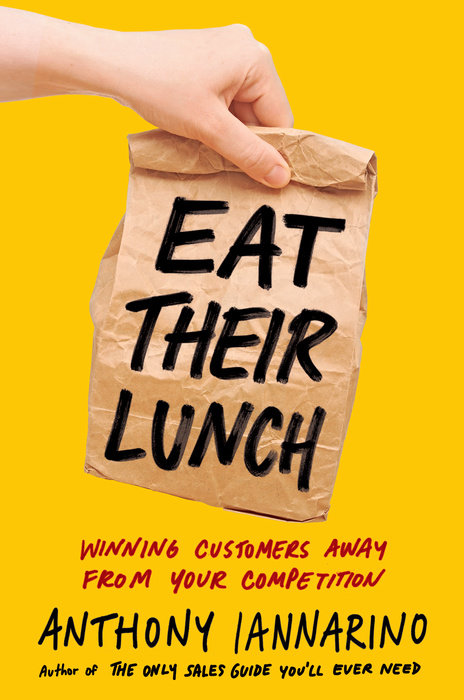
Essential Reading!
Get my 3rd book: Eat Their Lunch
"The first ever playbook for B2B salespeople on how to win clients and customers who are already being serviced by your competition."
Buy Now







.jpg?width=768&height=994&name=salescall-planner-ebook-v3-1-cover%20(1).jpg)


